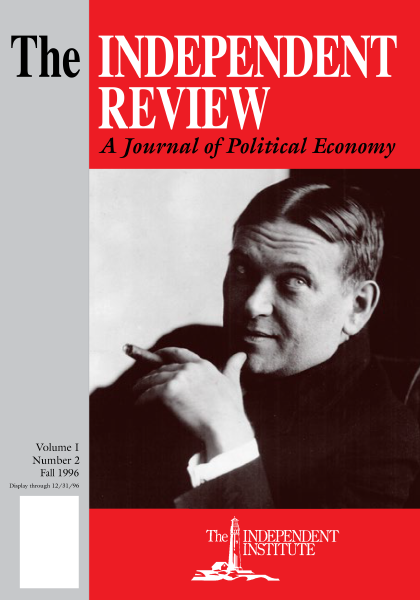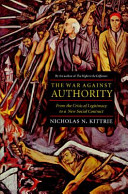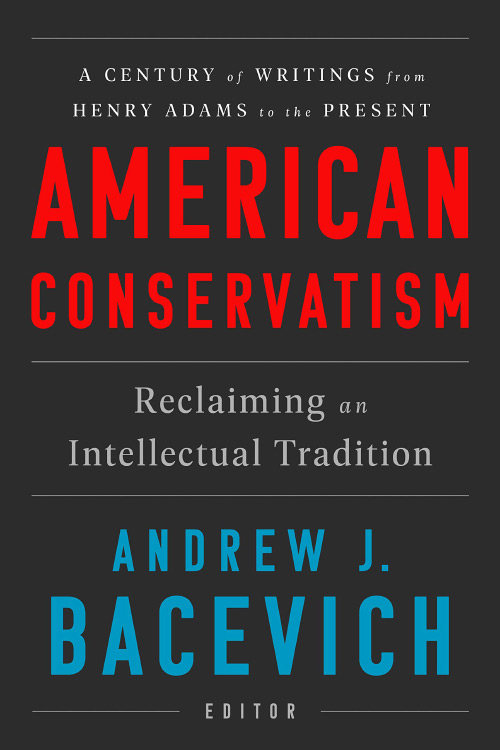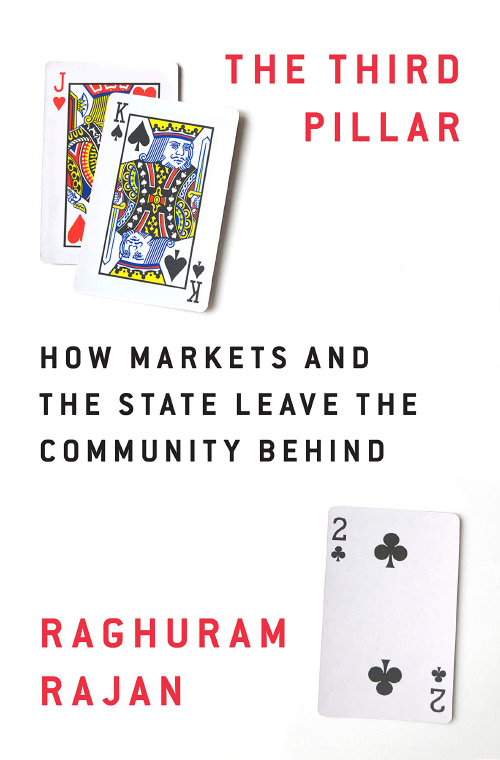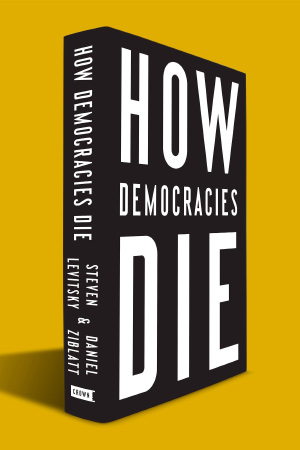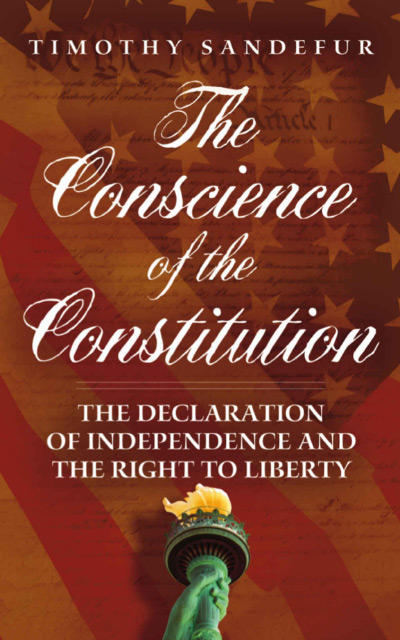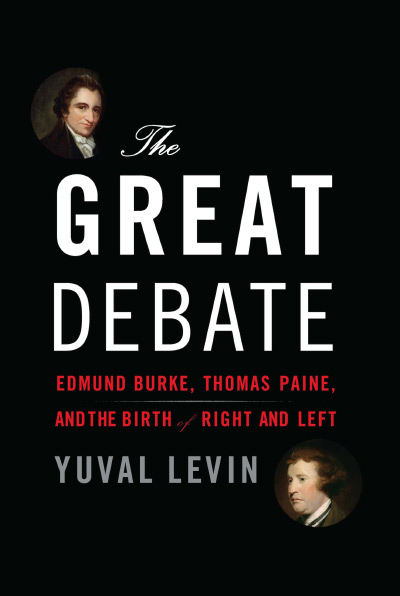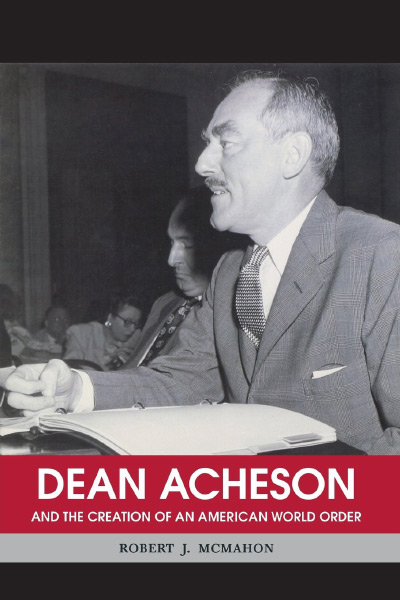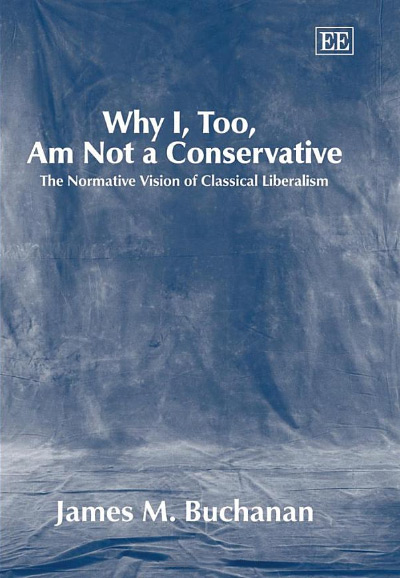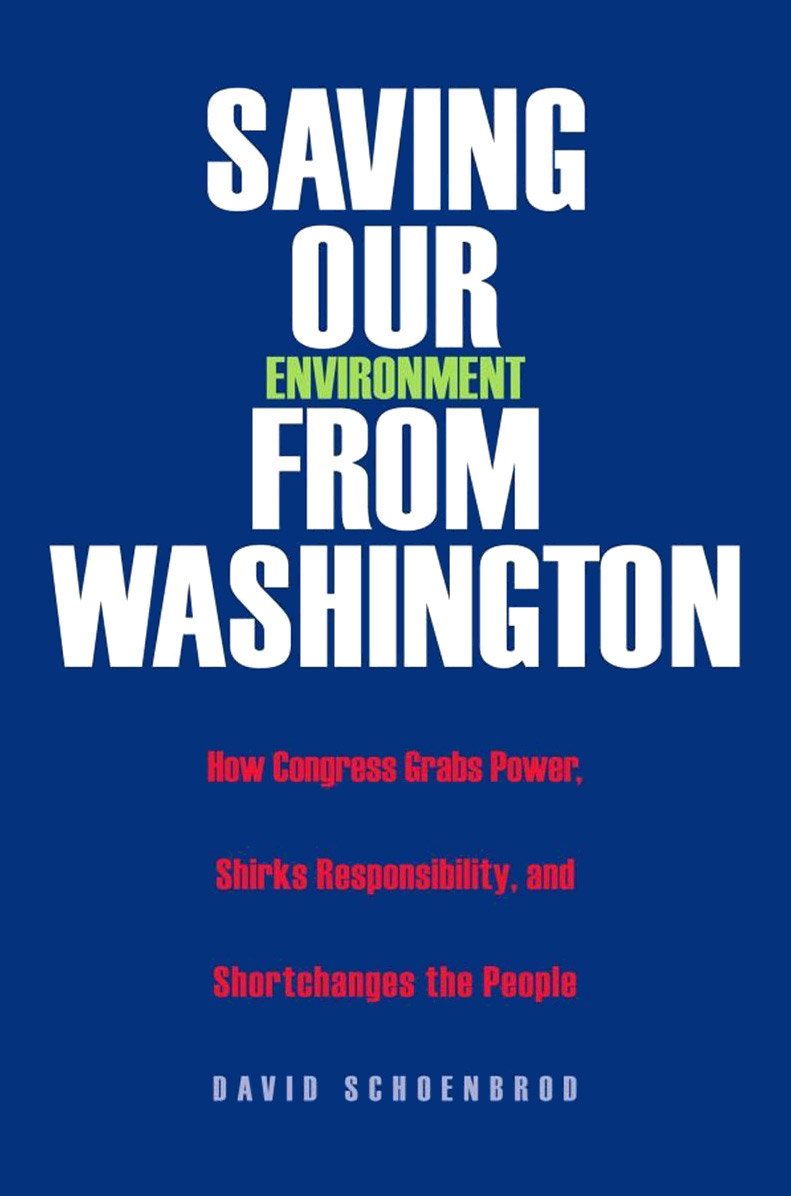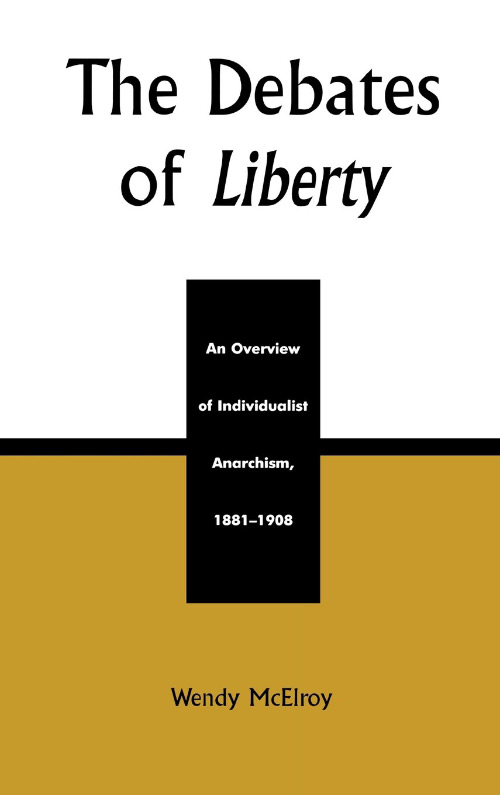“It is the business of the government to manage matters relating to the government; it is the business of subjects to mind their own properties and interests.” Thus charmingly did Justice Allybon define ruler-subject relations in 1688. If only it were that simple! And it might be, except for the ambiguous nature of government: its power is necessary for public order but causes just fear in the people. Force and fear act on each other and threaten escalating distrust and violence between the rulers and the ruled unless something intervenes to build trust.
The perennial contest between “authority” and “autonomy” and the pursuit of political legitimacy are the subjects of Nicholas N. Kittrie’s The War against Authority (the quotation above appears on p. 171). The heart of Kittrie’s book is a history of challenges to political authority in America and a succinct outline of the same theme in an international context, with emphasis on France, Germany, Britain/Ireland, and Russia. Kittrie prefaces this study with a search for the causes of dissent both in the background and psychology of the political offender (“frustrated expectations,” “status incongruity”) and in the behavior of governments (overreaction, arrogance). The perspective is part criminological with a touch of social psychology, part legal and constitutional, the whole set against history and within a modest framework of political theory. Kittrie focuses on the means and principles invoked and used by, and against, rebels, dissidents, terrorists, and minorities.
Kittrie deals with this contentious subject fairly, without demonizing or glorifying either rebels or authority. His well-organized and soberly spoken work will interest students of politics, law, history, current affairs, and conflict research, both in academia and outside.
The United States of America, born of a rebellion against colonial rule, itself immediately faced the question of how to treat those who had sided with the English or remained neutral. The chief legal means available was the English law of treason. The erstwhile traitors were now the government, and the previous loyal subjects were now traitors. Because the revolutionists had held English prisoners, the English had treated their American captives as prisoners of war, not as traitors, thus sparing them the horrid punishment of “drawing and quartering” (described on p. 85). This decision, a result of necessity, humanized the political strife and set a precedent for the American government in its postwar treatment of rebels. In Shays’ Rebellion of 1787 and the Whiskey Rebellion of the 1790s, men were sentenced to death, but all were pardoned. Kittrie carefully outlines subsequent challenges to American authority, describes in well-referenced detail the legislative means and principles adopted by the government, and points out overreactions.
The English catchall concept of treason goes back to Edward III’s First Treason Act of 1352. Treason implied a breach of the subject’s personal loyalty to the ruler. Little by little its content was changed by judicial construction to cover any breach of public order.
On the European continent, political crimes were divided into lèse-majesté, referring to breaches of domestic order, and treason, the betrayal of the country to an enemy power. Both originated in late Roman law. Punishments for these crimes were, without exception, extreme. In France political crimes were exempt from the procedural safeguards that applied in ordinary criminal cases. In the eighteenth century, philosophers such as Montesquieu, Voltaire, and Beccaria and enlightened rulers brought about some reform, but the shock of the French Revolution provoked a conservative reaction.
The nineteenth century saw a marked liberalization in the treatment of political offenders. In Britain the main cause was the influence of liberal philosophers such as Jeremy Bentham, accompanied by highly successful social and economic policies that created progress and removed much discontent. In France, Kittrie suggests, the cause was connected with the quick succession of rulers and regimes and the realization of the current rulers that tomorrow they themselves might be toppled from power. In both countries, “transportation” was a favored punishment.
The democracies have stuck to leniency, notwithstanding vacillation during the interwar period. Some commentators have even suggested that these regimes have been too lenient with their internal enemies, but Kittrie rejects the contention of Barton Ingraham that bourgeois regimes harbor a “death wish” (pp. 201—2).
In the totalitarian countries of the twentieth century, entire classes of citizens were categorized as politically suspect. Where the government owned everything and controlled all institutions, as in the Soviet Union, every offense was political (p. 207). In the Russian Federation, as late as 1985, failure to return from a foreign country constituted treason, for which the punishment was death (pp. 207—8).
The authoritarian regimes of Latin America and elsewhere combine some of the worst features of Stalinist Marxism with features of perverted capitalism. Their policies are “zealous, intolerant, and frequently inconsistent” (p. 217). Commitment to single-salvation doctrines such as Marxism or religious fundamentalism exacerbates oppression. But the inconsistency of such governments sometimes permits uncharacteristic tolerance of political opponents (p. 220).
The treatment of political rebels as belligerents rather than as criminals, as during the American Revolution, has often proved necessary where resistance to government is widespread or enjoys the support of public opinion. Again, the effect has been humanizing. Recent examples include Afghanistan, Ethiopia, and Israel (p. 220).
In the last chapter, Kittrie considers authority in an increasingly pluralistic world and the need for a new legitimacy. Unfortunately, he does some beating about the bush here. Having presented much well-sifted historical data, the author is overcautious regarding what to make of the evidence. He notes that “a growing number of political philosophers have been arguing that the overall legitimacy of the state’s authority has been declining” (p. 226). But his witnesses, limited to the contributors to one volume of essays, do not specify the period of decline, its causes, or its exact nature. Kittrie himself, like many social scientists, laments the sketchiness of relevant statistics (pp. 231—37); yet he speaks of “the current global unraveling of authority” as an established fact (p. 228). He offers little opinion of his own but points to a general weakening of the “authority” of American institutions such as the church, the family, and the workplace (p. 228) and to a serious loss of business and corporate stability (p. 241). But how are “greedy buy-outs” and “unmarried teenage pregnancies” related, and how do they affect political legitimacy? Something is going on, but what is it?
Despite occasional blandness in certain summing-up passages, the author is considerably firmer in his grasp of the international situation and the nature and causes of national and ethnic unrest (pp. 241—51).
Some of the book’s shortcomings arise from an inadequate theoretical framework. Kittrie bravely tackles a large theme and does a fine, focused job with the historical data. But the nature of the crisis of legitimacy–I agree there is one–could have been delineated more convincingly with better theoretical tools. Kittrie’s main guides to the fundamental concepts of authority and legitimacy are Gaetano Mosca, with his Machiavellian concept of legitimacy as a “political formula,” and Max Weber, with his three categories of legitimate Herrschaft. A work that shows better than any other the fundamental social function of legitimacy, and with less cynicism than Mosca, is Guglielmo Ferrero’s historical-political study Principles of Power (New York: Putnam, 1942)–a somewhat neglected classic.
Kittrie might have asked whether certain social or economic policies of the postwar welfare states have provoked disaffection by raising unrealistic and perhaps improper expectations in the citizenry. Answering that question, however, would require boldness and a more powerful theory.
In a brief and excellent epilogue, Kittrie displays a sure instinct by approving Thomas Jefferson’s plea for democracy based on the local community: “divide the county into wards” (p. 254). (The misattributed quotation is from Jefferson’s letter to Joseph C. Cabell, 2 February 1816–a source well worth studying.) Kittrie praises the idea, expressed by “the ghastly Euro-word” subsidiarity, that a political task should be carried out at the lowest functional government level (p. 256). But he leaves related questions unexplored. For instance, granted the principle, who decides the correct level? (Look at what happened to states’ rights in America, despite the Constitution’s tenth amendment.) Competently applied, subsidiarity would surely help to promote ethnic peace, as demonstrated by the Roman and Ottoman Empires, which governed successfully for centuries by respecting the ethnic diversity of their huge realms.
One promising avenue to improved legitimacy that was not considered by Kittrie is the more frequent use of initiatives and referendums. (A useful source is Referendums Around the World: The Growing Use of Direct Democracy, ed. David Butler and Austin Ranney. Washington: AEI Press, 1994.) Direct democracy by ballot is a peaceful and orderly alternative to extralegal protest. Its directness also bars political backroom deals that may stir public animosity. The social peace of Switzerland despite the country’s religious and linguistic divisions attests to direct democracy’s effectiveness.
| Other Independent Review articles by Sigmund Knag | |
| Fall 1998 | Let’s Toss for It: A Surprising Curb on Political Greed |
| Winter 1996/97 | The Almighty, Impotent State; or, the Crisis of Authority |

